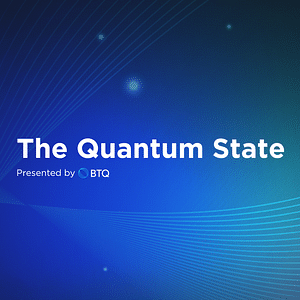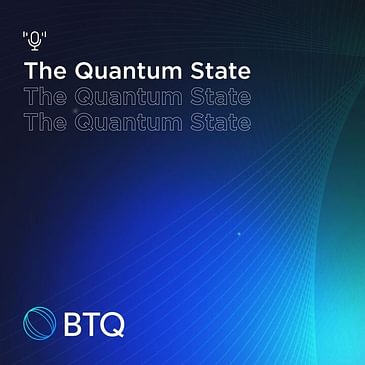In this episode, Théau Peronnin, CEO and co-founder of Alice and Bob, discusses the development of universal fault-tolerant quantum computers using cat qubits. He explains the importance of Shor's algorithm and its implications for breaking encryption. Theo also highlights the challenges of quantum error correction and the advancements in cat qubits that enable error reduction. He discusses the recent paper on computing 256-bit elliptic curve logarithm and the future roadmap for Alice and Bob. Additionally, he shares insights on the next big breakthrough in quantum computing and offers advice for those starting their quantum journey.
🐱 Alice and Bob's Vision: Uncover the mission of Alice and Bob in creating a universal fault-tolerant quantum computer using the novel cat qubits technology. Learn how this approach stands to revolutionize quantum computing.
🔐 Breaking Encryption: Explore the significant role of Shor's algorithm in quantum computing, and its potential to disrupt current encryption standards. Understand the balance between quantum advancement and digital security.
🔄 Quantum Error Correction: Gain insights into the complexities of quantum error correction. Discover how advancements in cat qubits are paving the way for more stable and error-resistant quantum computing environments.
📈 Deep Circuits and Speedup: Delve into the necessity of deep circuits in achieving super-polynomial speedup in quantum computing. Understand the technical nuances and challenges that lie ahead in this exciting field.
🧬 Cat Qubits Innovation: Explore the cutting-edge development in cat qubits - a new type of superconducting qubit that autonomously corrects errors. Learn how this innovation is a game-changer in quantum computing.
🚀 Scaling Quantum Computers: Discuss the advancements in error correction and LDPC codes, crucial for scaling quantum computers to new heights. Understand the technical breakthroughs making this possible.
🔮 The Future of Quantum Computing: Hear Théau Peronnin's vision on the commercial viability of quantum computers and their potential to solve real-world problems within the next decade.
Don't miss this insightful exploration into the future of quantum computing and the incredible work of Alice and Bob.
Like, subscribe, and join the Quantum State community to stay updated on the quantum revolution.
https://twitter.com/PeronninTheau
Read the full papers here: 📗 Autoparametric resonance extending the bit-flip time of a cat qubit up to 0.3 s: http://bit.ly/3pNO76t
📙 Quantum control of a cat-qubit with bit-flip times exceeding ten seconds: http://bit.ly/46Xux8d




